-
Georg Winter´s UCS moving pictures:: Losing Horses. – Scene 2: The former drive-in theater in Pulheim
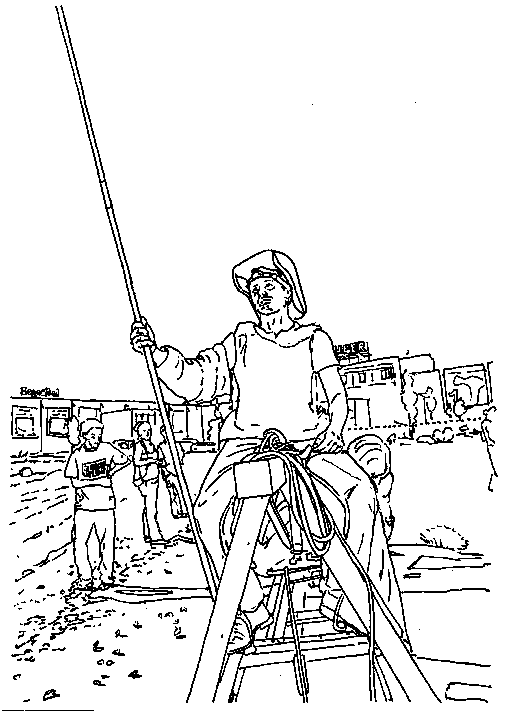
A German/Hungarian Film, UCS Self Organizing CinemaDirection: Vera Poros, Kerstin KachelmannScreenplay: Georg WinterBased on the novel Don Quixoteby Miguel de Cervantes SaavedraShot in Ukiyo Real Time for the first time with “UCS Passive Acting” by Johnny Depp andChristopher Lee (both of whom were requested), reversed stunts at three locations: theStommeln windmill, the former drive-in theater […]
-
Portraying Protest
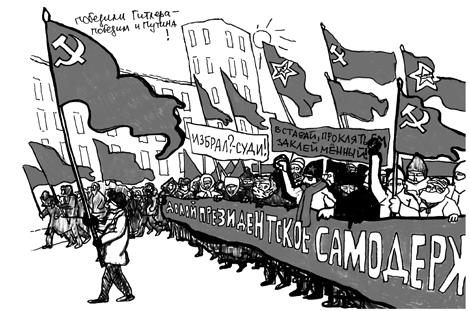
Beginning with elections to the Russian State Duma, in December 2011, and ending with the third so-called March of the Millions, in September 2012, I kept a graphical Chronicle of Resistance, meaning that I sketched all the major opposition rallies and protest events in Moscow. —————————————————————————— Excerpts of Victoria Lomasko´s Chronicle of Resistance: December 10, […]
-
The New Flesh (MePri-Exhibition)
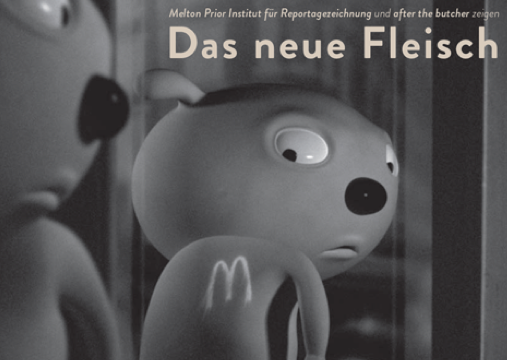
The exhibition “The New Flesh” was compiled by Clemens Krümmel and took place from September 13 till October 18 in the exhibition space “after the butcher” (Spittastraße. 25, 10317 Berlin). It was planned long beforehand – based not only on an affinity to the work of one of the space’s organizers, Thomas Kilpper, an artist […]
-
Georg Winter´s UCS moving pictures:: Losing Horses. – Scene 1: The Stommeln windmill
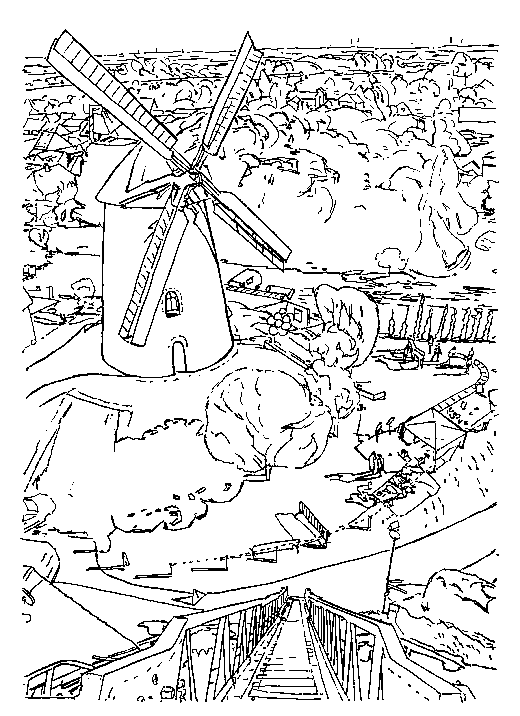
In September 2005, the German-Hungarian film production “Losing Horses / Veszítö Lovak” by Ukiyo Camera Systems moving pictures was shot at locations in Pulheim and Stommeln, not far from Cologne. Georg Winter´s Real-Time Recording Method attempted to create filmic situations (Self Organizing Cinema) based on the construction of the reality of “Don Quixote” by Miguel […]
-
The new flesh / Das neue Fleisch, Turkish and Kurdish butcher shops in Berlin-Kreuzberg.
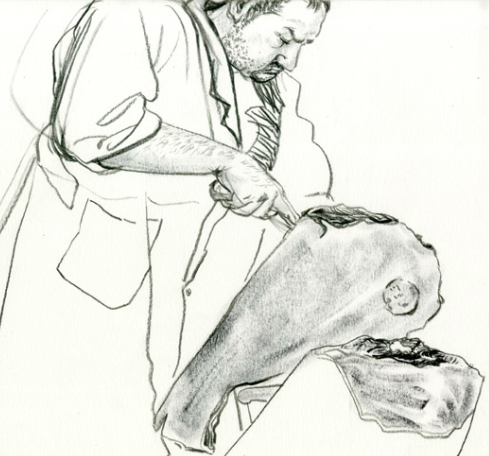
Xiaopeng Zhou, born in 1985 in Guangzhou, has studied art the the Academy of his hometown until 2008, but is now living in Germany and about to complete his Master exam at Academy of Art Berlin-Weissensee. The pictorial is an excerpt from his 76-part series of reportage drawings created within four weeks – starting from […]
-
Images from the earliest modern Afghan Wars
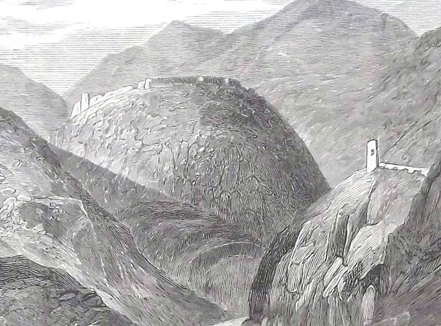
The first military conflict covered by the illustrated popular press after its foundation in May 1842 was a war in Afghanistan. But the depictions of the defeat of the British occupation forces in the Asian borderland, which was of equally vital strategical importance for the British as for the Russian Empire, were solely fictitious and […]
-
Comics & Journalism – Witnessing the world with pen & paper
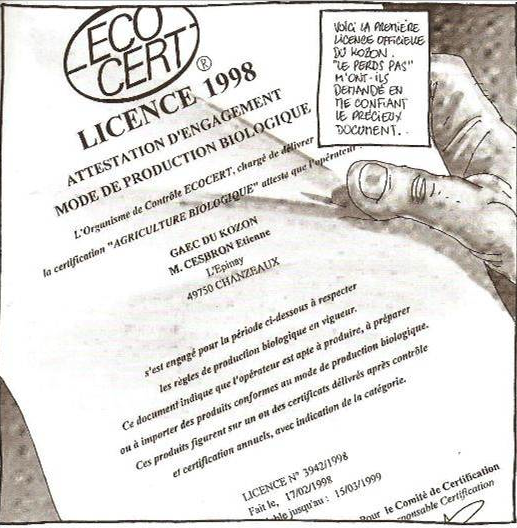
Reportage Drawing, Graphic Journalism, Observational Cartooning and Documentary Illustration: all these terms are used to describe journalistic projects where the comic or graphic artist acts as reporter. Each of these names refers to specific angles and techniques, but what they have in common is their simplicity: the world reduced to lines on paper. Before the […]
-
Remember Korea / Gondolj Koreara (1952), Budapest, 1952
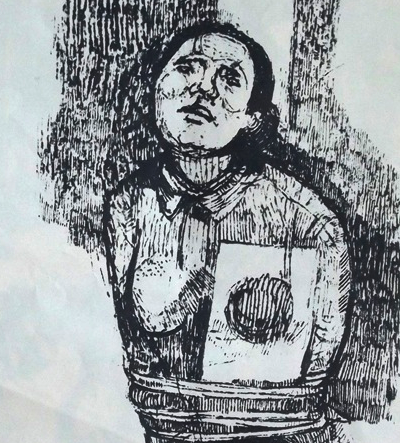
-The key issue of the graphic portfolio created by the Hungarian artist Bencze László is the massacre near Sichon, North Korea, in the autumn and winter of 1950 with more than thirty thousand victims, mainly civilians. From the Communist side, these war atrocities were attributed to the American invading forces. Like Picasso’s famous painting Massacre […]
-
Henri Durand-Brager, Special artist of Bonapartism
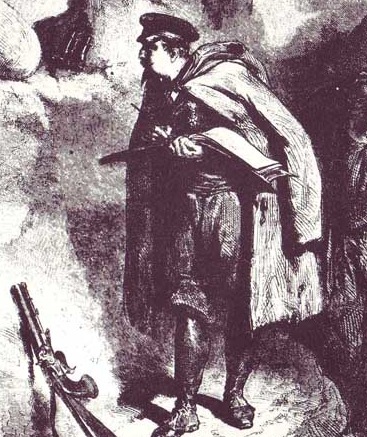
“The eyes of the world are upon us! … Misfortune has its heroism and its fame.” (Napoleon Bonaparte, St. Helena, Nov. 1815) “The Napoleonic idea broke forth from St. Helena like the moral doctrine of the Gospel, which had risen, certain of victory, from the agonies of the Calvary.” (Louis-Napoleon Bonaparte, L´Idée Napoléonienne, 1840) In […]
-
Evil Empires I: Concentration camps in the Transvaal
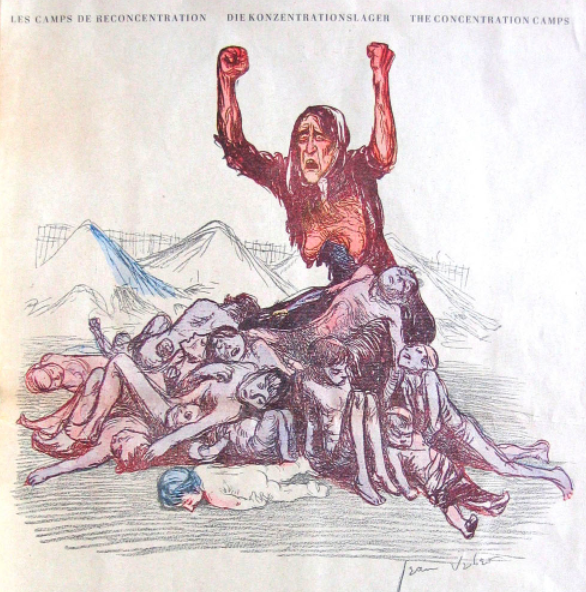
During the Second Boer War the prestige of the British Empire sank to an all-time low. The main reason was the establishment of concentration camps in South Africa as a measure against the guerrilla war led by the local farmers against the Empire. Over 26,000 Boers, mainly women and children, died of hunger and diseases […]